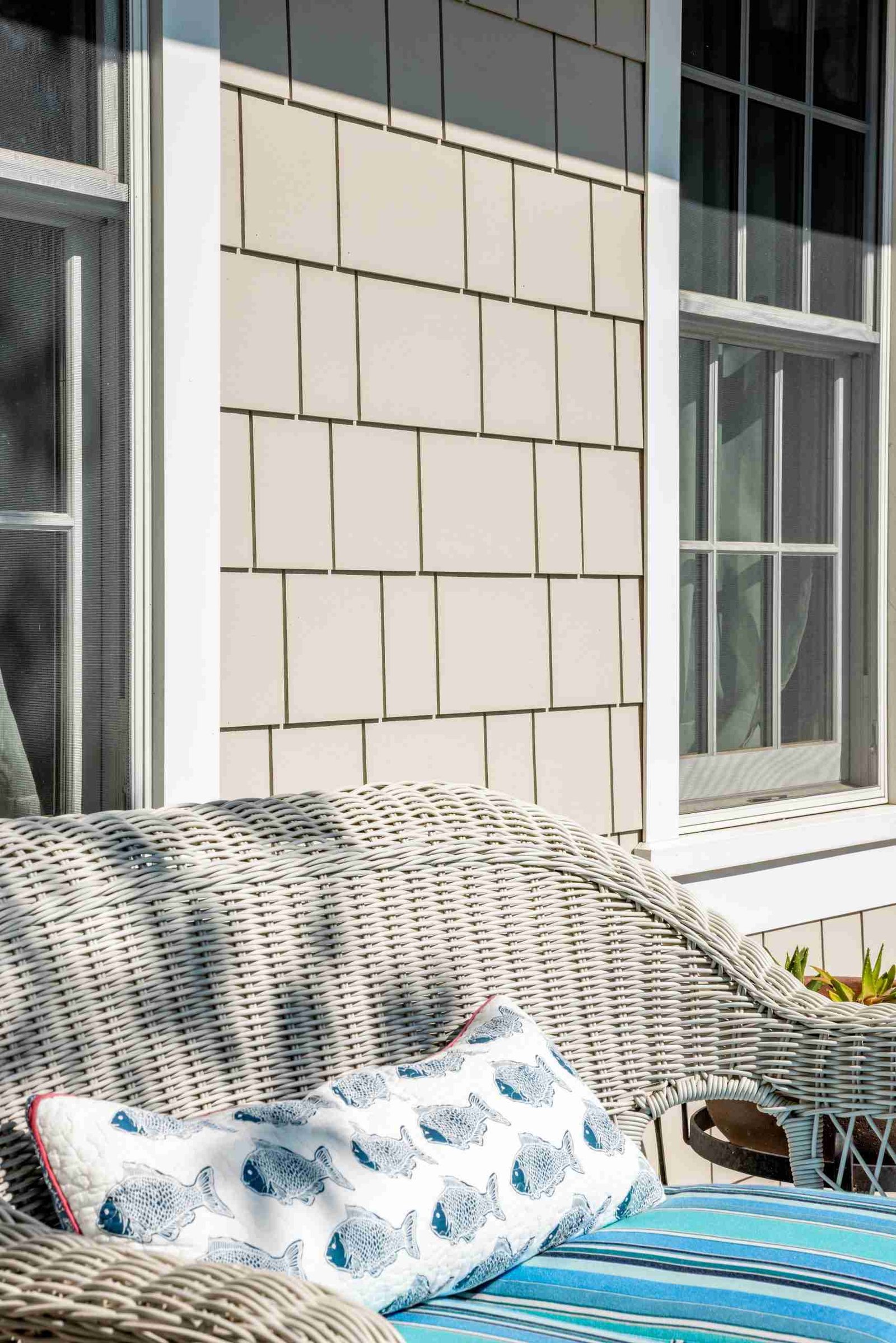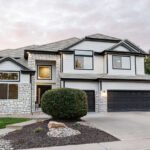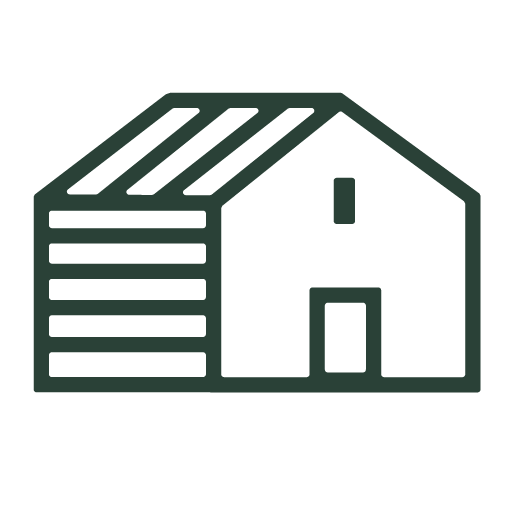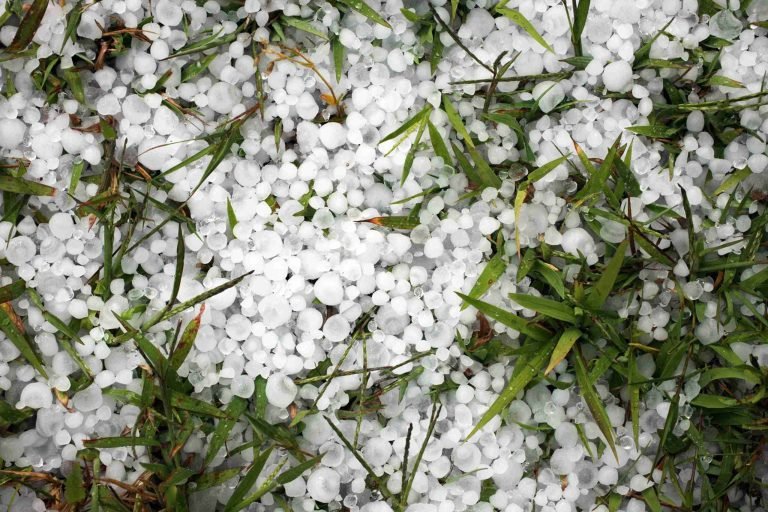
Hailstorms can be an unexpected danger to your property, especially when it comes to your home’s exterior. While your roof may seem the most obvious part about which to be worried, one of the most vulnerable parts of your home during a hailstorm is the siding. Damage to siding not only affects the beauty of your property but can also lead to other structural issues if not repaired. Let’s look at how hail damage occurs, what it looks like, the ongoing problems it can create, and why fiber cement siding such as James Hardie is a great choice for protecting against hail damage and other extreme weather events.
How Hail Damages
Hailstones can range in size from that of a pea to as large as a softball. When hundreds or thousands of them impact your siding, they can cause damage to varying degrees. The severity of the damage depends on things like the size, weight and speed of the hailstones, and most importantly what material your siding is made of. When hailstones strike at higher speeds, they can make dents, cracks, and even puncture your siding.
Homes in areas prone to severe thunderstorms and hailstorms are at higher risk. In regions like the Midwest and central United States where severe thunder and hail storms are more frequent, homeowners often see considerable siding damage. But even in areas where these storms are not seen as often, it’s important to make sure your siding can withstand such weather events.
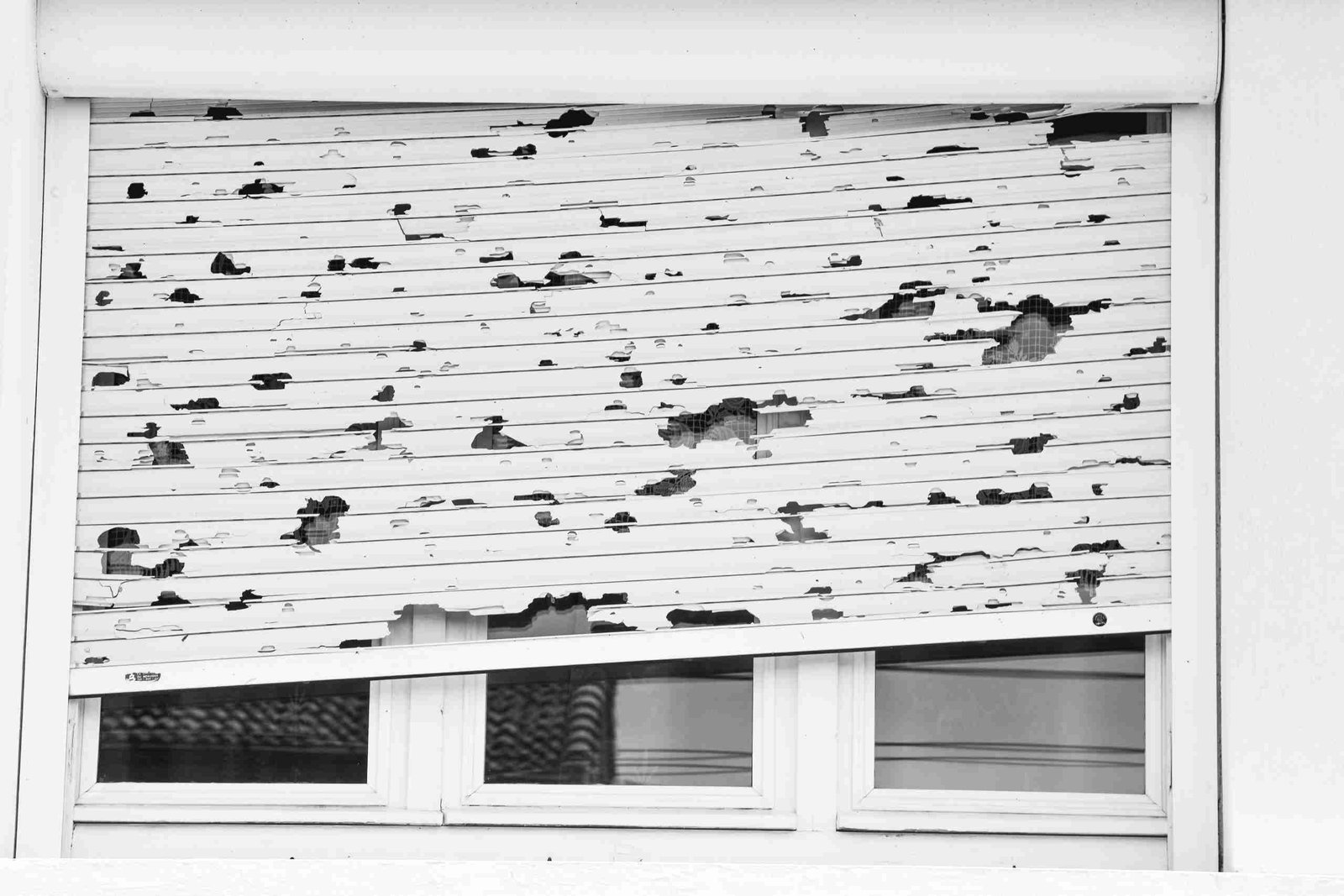
What Hail Damage Looks Like
Not all siding is created equal. The appearance of hail damage can vary quite a bit depending on the material of which it’s constructed.
- Vinyl Siding: Hail damage on vinyl siding often appears as small round cracks or holes. Sometimes, hail can shatter or even break off pieces of the siding, leaving gaps on your walls. Even relatively small hailstones can leave behind numerous dents, which can make your siding less waterproof.
- Wood Siding: Hailstones can cause chipping and cracking in wood siding. Depending on the type of wood, dents may also be visible. Wood is also prone to moisture absorption, so unrepaired cracks can quickly lead to rotting and warping.
- Aluminum Siding: Aluminum siding often shows dents and dings after a bad hail storm. While it doesn’t crack in the same way as vinyl or wood, the dents can be ugly and difficult to repair, requiring replacement of entire sections of your siding. The finish on aluminum siding can also be damaged, which can lead to rust and corrosion.
- Fiber Cement Siding: Fiber cement siding tends to hold up much better to hail impact than other siding materials. Because it is denser and more resilient, it is less likely to crack, chip, or dent, even when hit by large hailstones. When there is damage, it is often superficial scuffs or marks that can be repaired with minimal cost or effort.
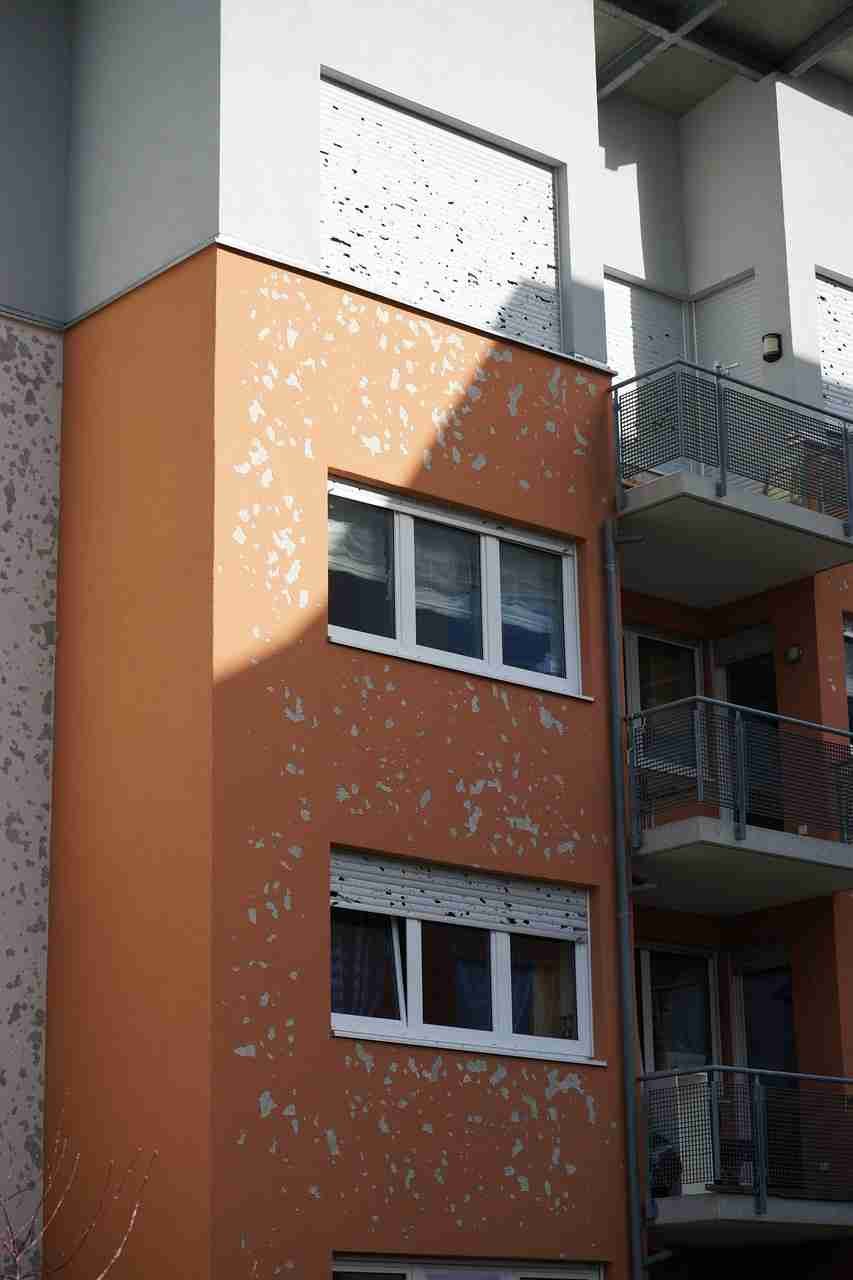
Further Problems from Hail Damage
Hail damage to siding can be far more than just cosmetic; it can have more serious implications for your home if not corrected.
- Moisture Damage: One of the biggest risks of hail damage is moisture. Cracked or punctured siding allows water to seep into the home’s walls. This can lead to mold, mildew and rot. This moisture can eventually cause structural damage to the frame of a house, which can be prohibitively expensive to repair.
- Energy Inefficiency: Damaged siding can negatively impact the energy efficiency of a home. Holes and cracks in siding allow cold air to enter during the winter and warm air to escape. This leads to higher energy bills as your HVAC system has to work harder to keep your temperature where you want it.
- Pest Infestation: Holes and cracks from hail can also be doorways for insects and rodents. Vermin find their way into the walls through these openings which can lead to the need for professional pest control.
- Lowered Curb Appeal: Even with minimal hail damage, a home’s appearance can be severely impacted. Dents, cracks, and holes are ugly and can make a house look uncared for. This lowers curb appeal, and can even lower your home’s value.
Fiber Cement Siding vs. Mother Nature
Choosing the right siding material is important for both your home’s condition and its value. Fiber cement siding offers many advantages over vinyl, wood and aluminum siding that make it an ideal choice for standing up to severe weather events like hail storms.
- Durability: James Hardie Fiber cement siding is made from a mixture of Portland cement, sand, water, and cellulose fibers creating a dense and durable material, in addition to proprietary additives that enhance its performance. This construction makes it highly resistant to impacts of hail, even when it’s large. Unlike vinyl or wood siding, fiber cement doesn’t crack, warp, or shatter, offering the best protection possible for your home’s exterior.
- Low Maintenance: Fiber cement siding requires little maintenance after hailstorms. While vinyl, wood and aluminum may need to be repaired or replaced due to cracking, denting or holes, fiber cement often only needs a touch-up. Surface scratches or scrapes can often be simply repainted, saving homeowners from expensive repairs.
- Moisture Resistance: Fiber cement is moisture resistant, making it less vulnerable to problems like mold and rot that can result from hail damage. Even if its surface does sustain minor damage, it rarely compromises its ability to repel water and keep the interior of the home protected from water.
- Fire Resistance: In addition to its resistance to moisture and impact damage like hail, fiber cement siding is also non-combustible, adding an extra layer of safety against other environmental risks like wildfires and fallen power lines. Fiber cement siding’s long-lasting durability means that homeowners don’t need to worry about frequent replacement due to damage. This makes it an excellent investment in long-term home protection.
Fiber Cement Siding for Long Term Protection
Homeowners need siding that can withstand extreme weather while still being beautiful and offering numerous design options. Fiber cement siding is strong, durable, and its low maintenance requirements are unmatched by other siding materials like vinyl, wood and aluminum. Its ability to resist damage from hail and other damaging forces means less repairs or replacements for homeowners.
Choose fiber cement siding and protect your home. Improve its energy efficiency, and keep your curb appeal high even in the face of extreme weather. Fiber cement siding offers you the comfort of knowing your home is safe from the weather, and your bank account is protected from costly repairs and replacements.
If you’re considering an upgrade of your home’s siding, investing in fiber cement can help make sure your property is hardened against the forces of mother nature. If you’re interested in fiber cement siding and how it can both protect your home and increase its curb appeal, reach out to us at Homestead Exteriors, your expert in siding and windows for your home’s exterior.
